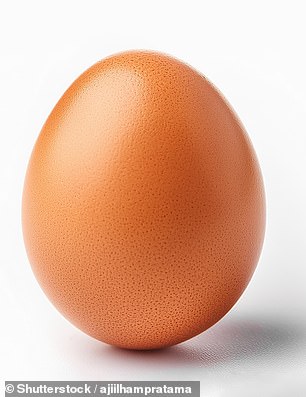It’s the age-old riddle that has baffled scientists for hundreds of years.
But experts may have finally cracked the conundrum of whether the chicken or egg came first.
Scientists from Geneva University say the building blocks of female reproductive cells – eggs – appeared long before chickens evolved.
They analysed a single-celled species called Chromosphaera perkinskii that was discovered in 2017 in Hawaiian marine sediments.
The first signs of its presence on Earth have been dated at over a billion years ago – well before the appearance of the first animals.
Researchers observed that this species forms multi-cellular structures that bear striking similarities to animal embryos.
This discovery suggests that the genetic programs responsible for embryonic development – the process by which a fertilised egg develops into an embryo – were already present before the emergence of animal life, they said.
Nature, therefore, would have possessed the genetic tools to ‘create eggs’ long before it ‘invented chickens’, they explained.


It’s the age-old riddle that has baffled scientists for hundreds of years. But experts may have finally cracked the conundrum of whether the chicken or egg came first

Scientists analysed a single-celled species called Chromosphaera perkinskii that was discovered in 2017 in Hawaiian marine sediments
Author Omaya Dudin said: ‘Although C. perkinsii is a unicellular species, this behaviour shows that multicellular coordination and differentiation processes are already present in the species, well before the first animals appeared on Earth.’
Previous research suggests even hard-shelled eggs, like those of chickens, did not likely emerge until 300 million years ago.
Marine Olivetta, first author of the study, said: ‘It’s fascinating, a species discovered very recently allows us to go back in time more than a billion years.’
A separate study published earlier this year suggests that the ability to lay eggs regularly – compared to other birds – is what made chickens so attractive to humans thousands of years ago, leading to their domestication and to become the chicken we know today.
This article was originally published by a www.dailymail.co.uk . Read the Original article here. .


